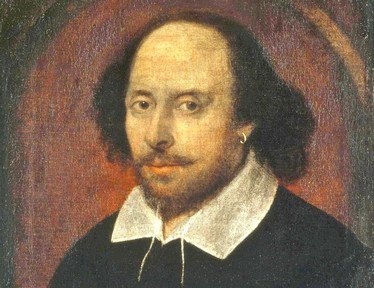Quiz Answer Key and Fun Facts
1. What do William Shakespeare of Stratford-on-Avon and Christopher Marlowe have in common?
2. Marlowe's earliest works are translations of Lucan's "Pharsalia" and Ovid's "Elegies." How old was he when wrote these?
3. Both Marlowe's and Shakespeare's fathers were named John. Marlowe's father was a cobbler, and Shakespeare's a glove maker. Which was able to read and write?
4. During his days at Cambridge, there is evidence showing that Marlowe was employed by the English government in what capacity?
5. Marlow may have begun his career as a playwright while still at Cambridge; some scholars date Dido, Queen of Carthage (possibly written in collaboration with fellow student Thomas Nashe) to the early 1580s. But in 1587, the play that made Marlowe famous was first performed upon the London stage. What was it?
6. In 1592, Marlowe was arrested in Holland and sent to England, charged with what crime?
7. In May, 1593 a warrant for Marlowe's arrest on charges of atheism was issued. What famous writer gave evidence that led to Marlowe's arrest?
8. On May 30, 1593 Christopher Marlowe was supposedly killed in a brawl in the town of Deptford, a few miles from London. Who is supposed to have killed him?
9. Then, as now, an inquest had to be held whenever homicide was involved. What was unusual about Marlowe's inquest?
10. Marlovians believe that Marlowe was not killed in Deptford, that his murder was staged, and another man's body substitued for Marlowe's. Who was the man most Marlovians believe "stood in" for Marlowe at the inquest?
11. Just thirteen days after Marlowe's alleged death, the first work bearing the name of William Shakespeare was published. What was it?
12. Shakespeare's plays contain numerous references that may refer to Marlowe and his faked death and exile.
13. In addition to the plays, many scholars claim that Shakespeare's sonnets contain evidence that they were written by Marlowe, not Shakespeare. The most famous book on this subject is "The Story That the Sonnets Tell." Who wrote it?
14. An annual prize is given for the best essay on the Marlowe/Shakespeare authorship question. What is it called?
15. Marlovian scholar Peter Farey has advanced a very convincing (to me at least) argument that proof exists that Marlowe is the true author of Shakespeare's writings. What does he use to make his argument?
Source: Author
daver852
This quiz was reviewed by FunTrivia editor
Snowman before going online.
Any errors found in FunTrivia content are routinely corrected through our feedback system.
